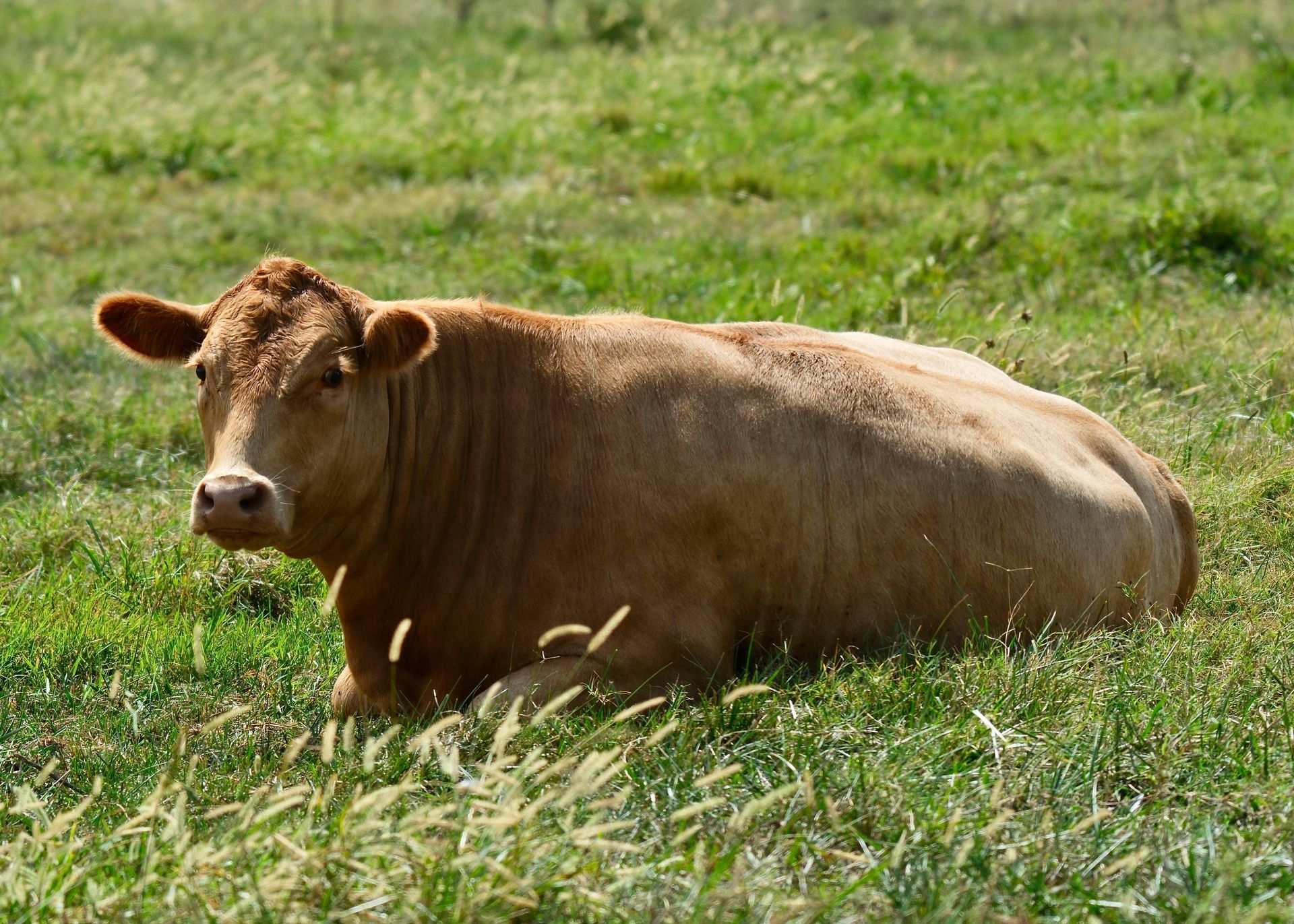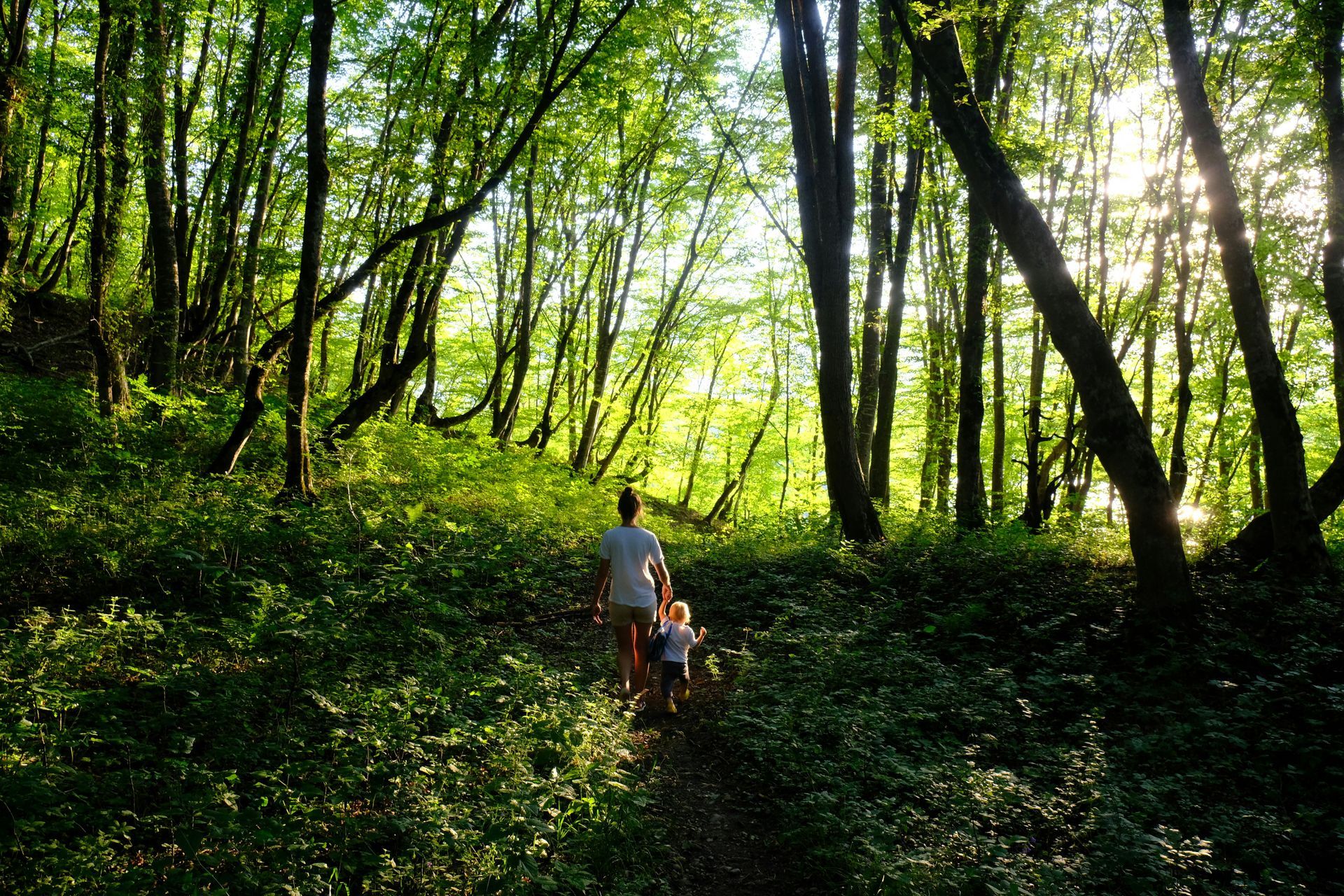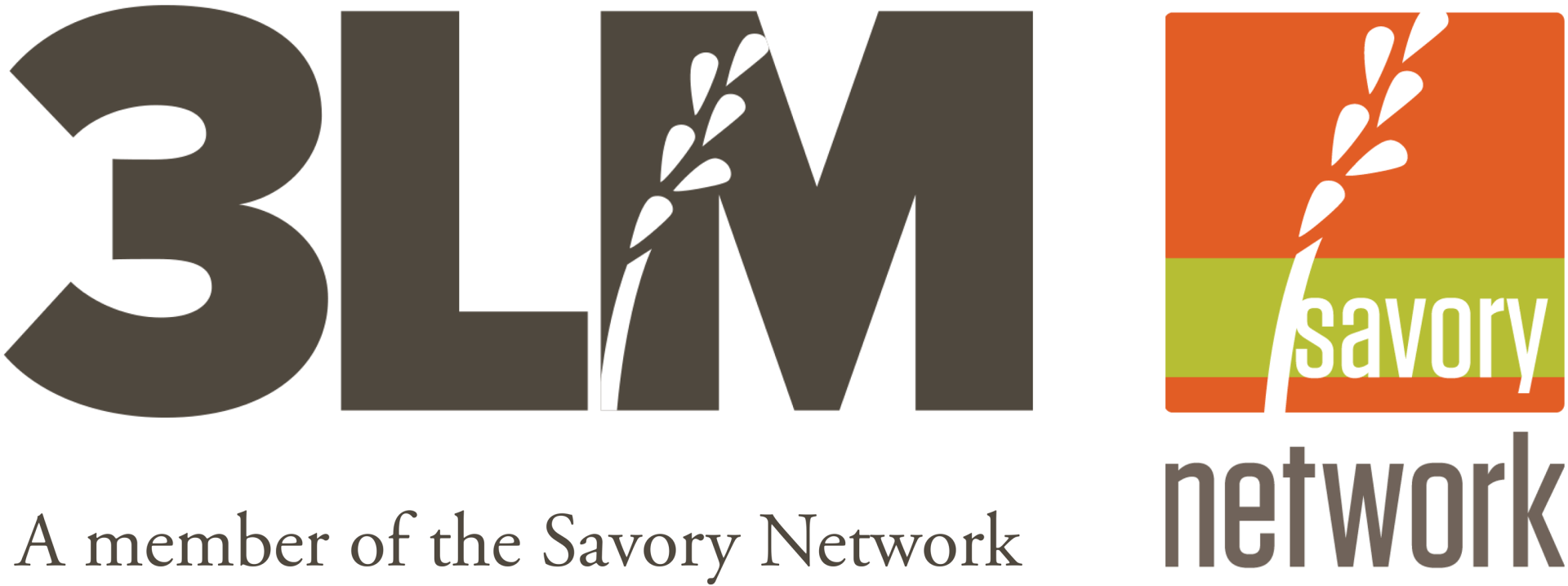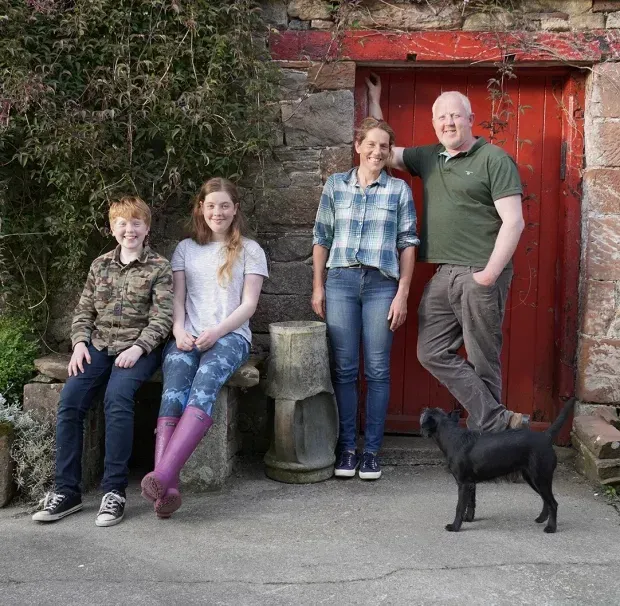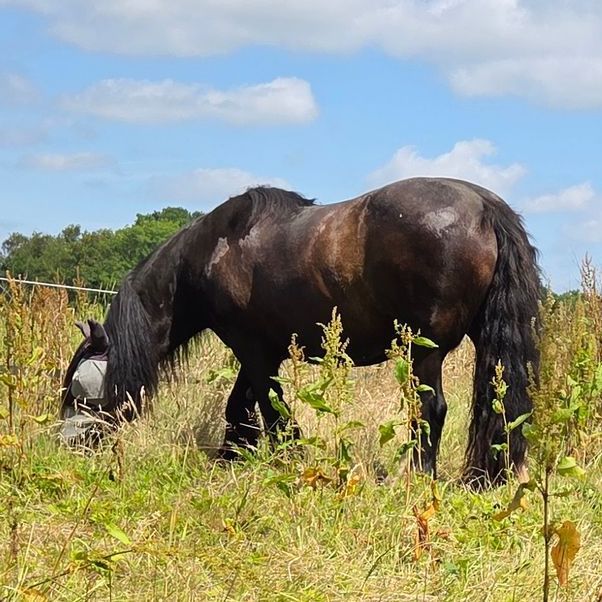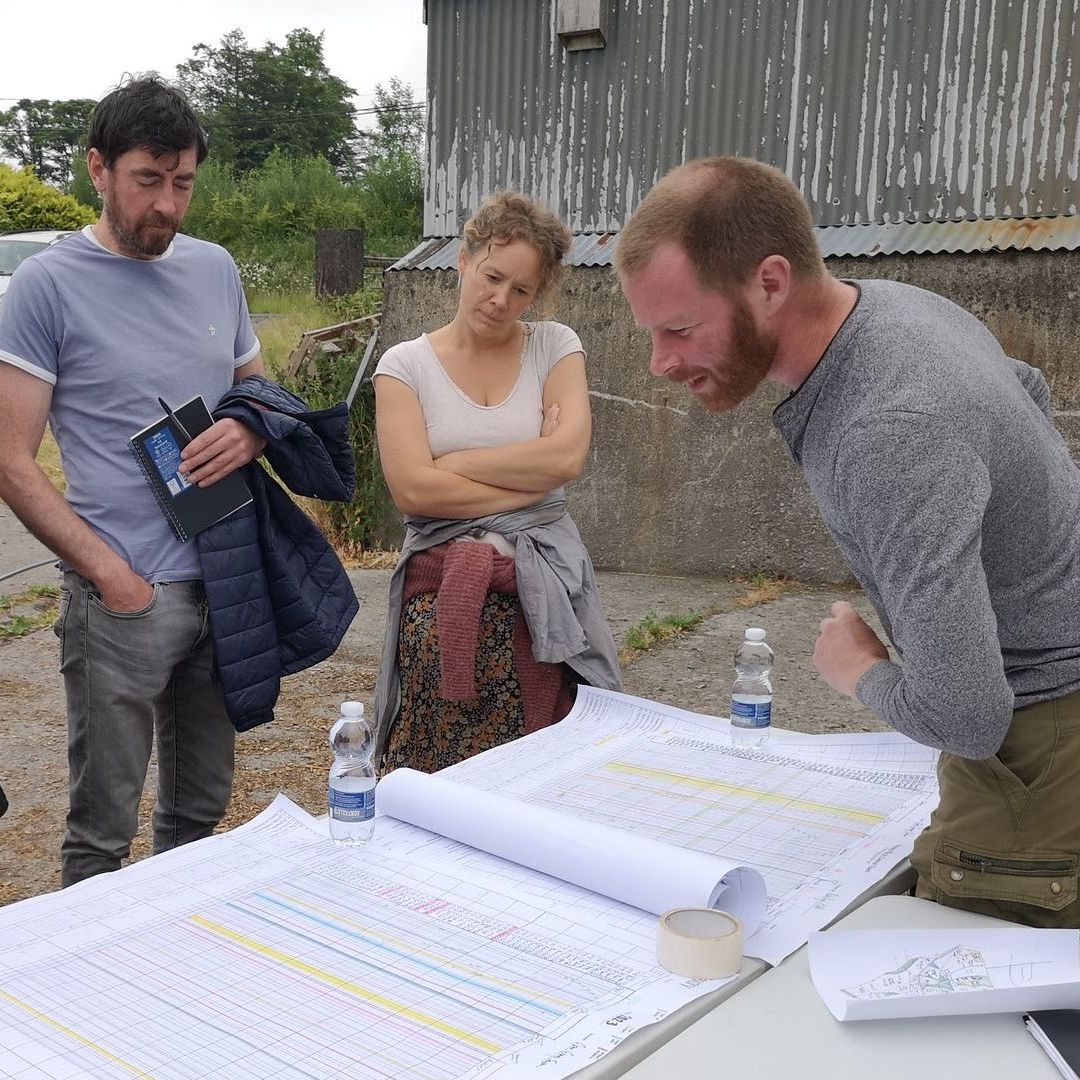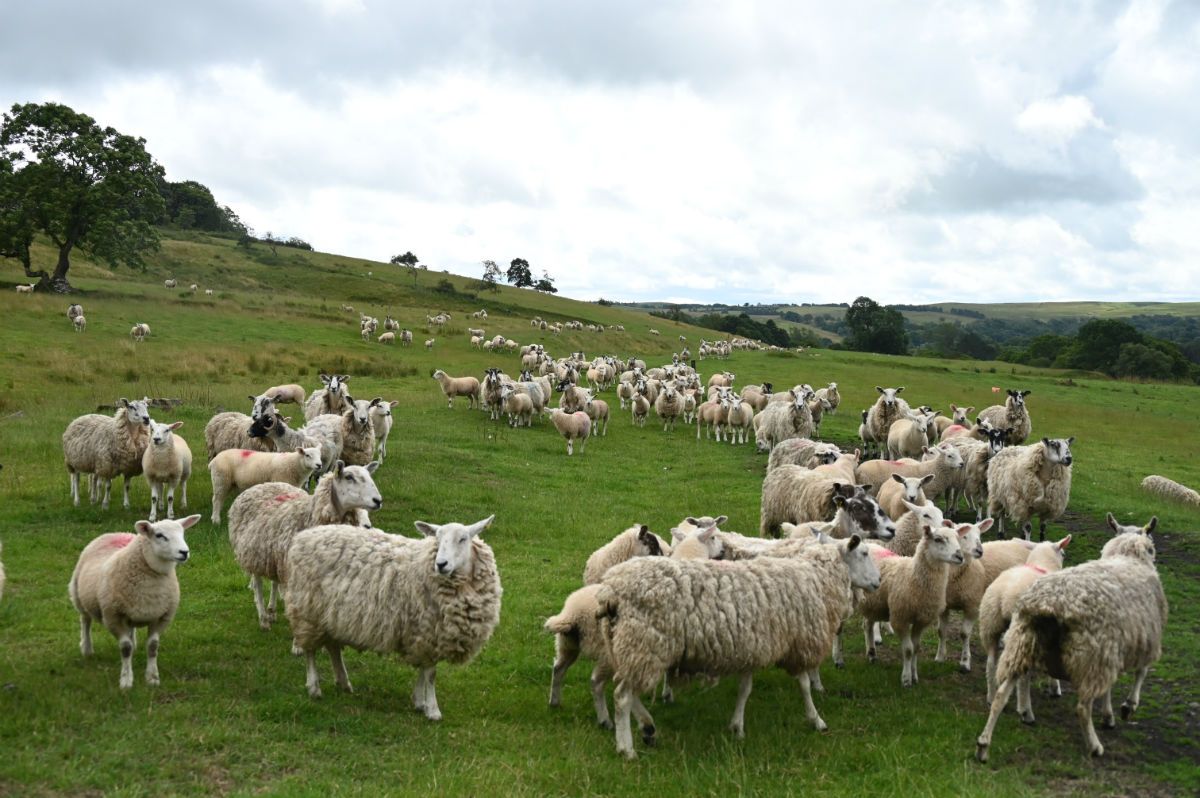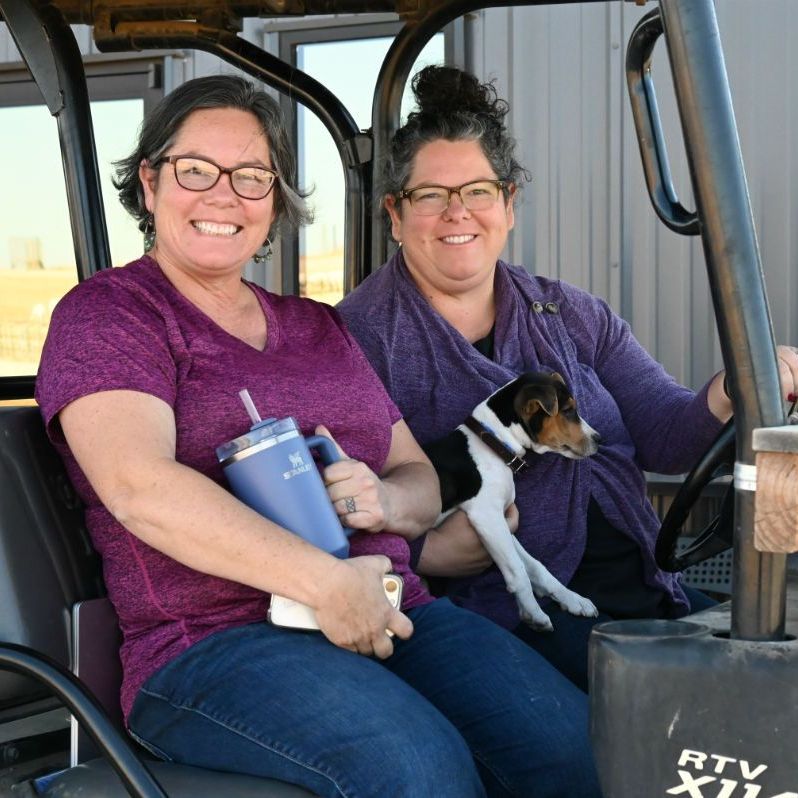What are the risks of switching to holistic planned grazing?
Holistic Planned Grazing:
Improved animal health, soil health, end profit and more efficient use of time.

Above: Andy Wear of Fernhill Farm moves his cattle using a very simple system
Holistic Planned Grazing isn’t just a theory—it’s a proven, risk-free system that delivers guaranteed results on the ground. For Andy Wear at Fernhill Farm studying Holistic Management and implementing Holistic Planned Grazing and has meant healthier cattle, higher pasture productivity, and a significant reduction in input costs, all without financial or operational risks.
Guaranteed Forage Utilisation and Soil Health
By moving cattle daily within paddocks, pasture is grazed evenly, preventing selective feeding and ensuring a balanced regrowth cycle. The sward remains dense, and soil exposure is virtually nonexistent. Even after grazing, the hoof impact is minimal, and a healthy layer of organic material continues feeding the soil biology.
This method eliminates the risk of soil degradation and ensures continuous improvement in soil structure. Increased worm and dung beetle activity, along with deep root penetration, enhances nutrient cycling, making the entire system self-sustaining and highly resilient to weather fluctuations.
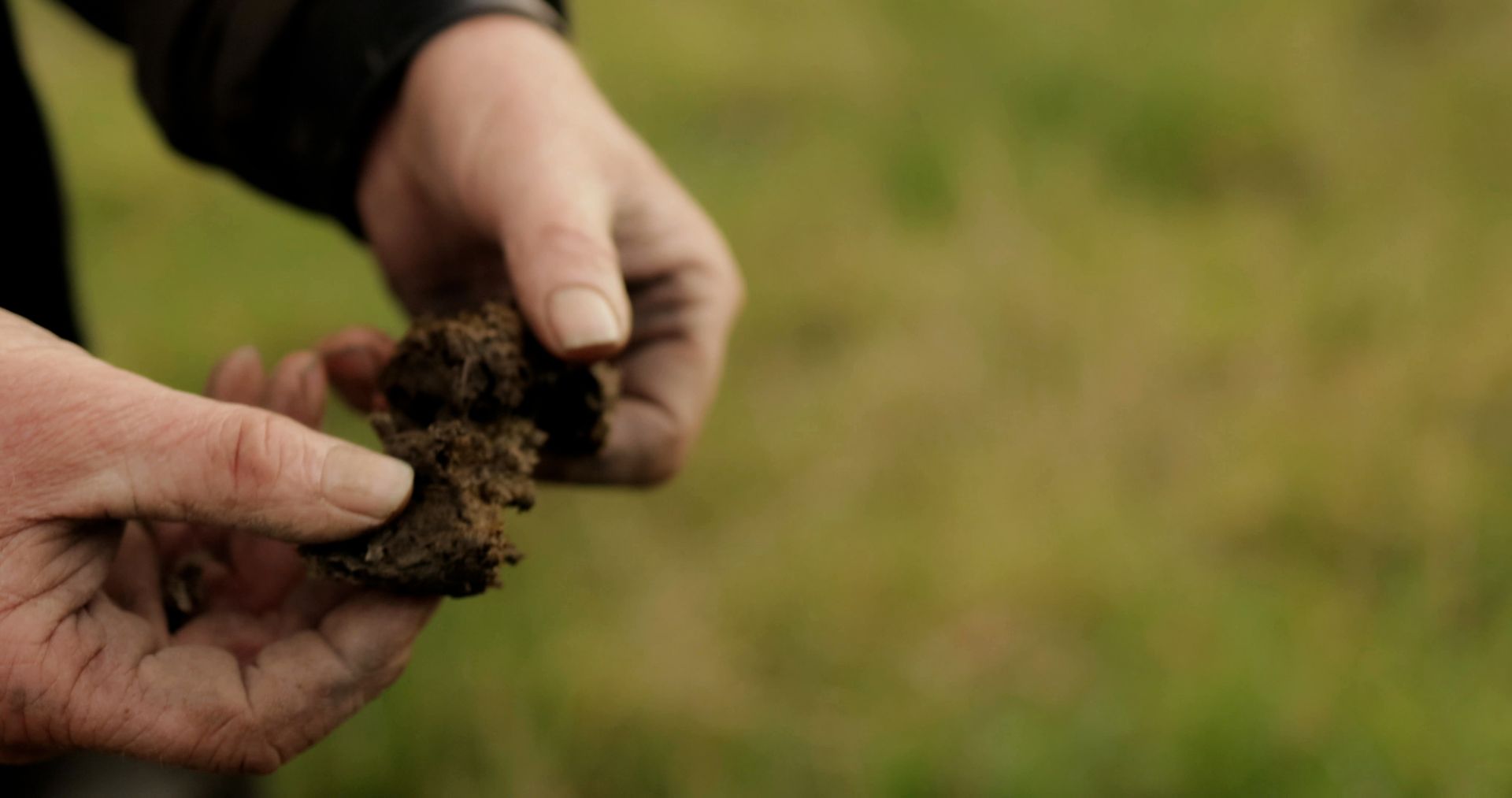
Uncompromised Livestock Health and Efficiency
Holistic planned grazing provides optimal nutrition for cattle, ensuring strong body scores with visible ‘happy lines’—a direct indicator of well-fed, stress-free livestock. The herd structure is naturally self-regulating, with bulls maintaining order and cows calving at the most beneficial times. The risk of health issues is greatly reduced as the animals are monitored daily, allowing for early intervention when necessary.
By keeping groups as concentrated as possible, livestock exert maximum beneficial impact on the land while minimising management complexity. There is no downside—only efficiency, productivity, and improved well-being for both the animals and the farmer.
Minimal Investment, Maximum Return
The only additional infrastructure required compared to set-stock grazing is a few hundred pounds worth of electric fencing and a mobile water trough with a pipe feed to relocate into new paddocks. This simple, low-cost setup ensures that holistic planned grazing remains very close to risk-free while unlocking immense benefits in pasture management and livestock performance.
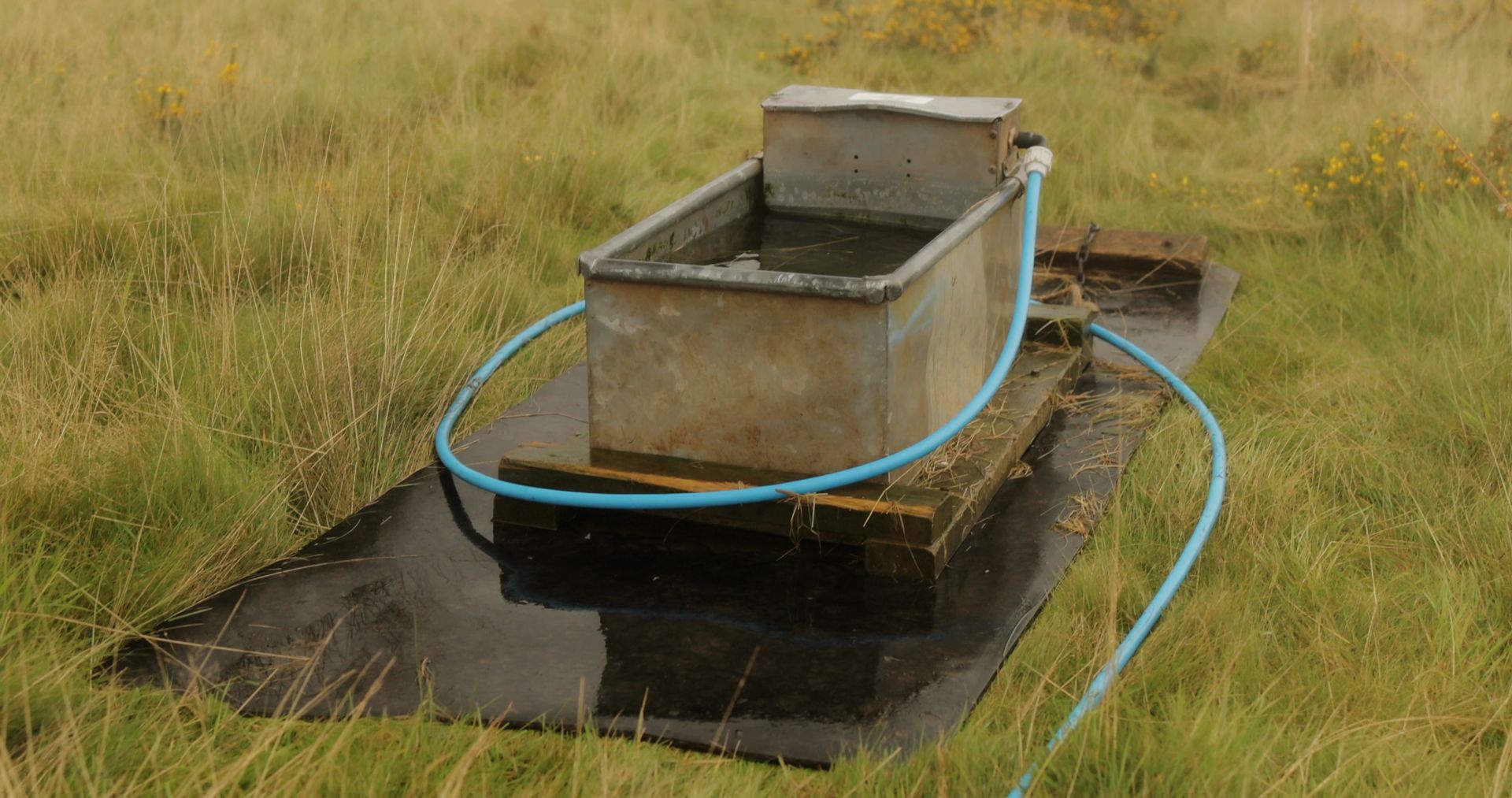
Image: Andy's own design of a movable water trough that can be dragged by quad into the new paddock each day
Zero-Risk Time and Labour Savings
The system is designed for absolute efficiency. Daily moves take just 30 minutes, including setting up electric fencing and repositioning water troughs. Since the cattle are actively engaged and content, the need for supplementary feeding, medical interventions, and manual oversight is drastically reduced.
In contrast to conventional methods—where livestock stand in a shed all winter eating expensive hay and silage—outdoor winter grazing is possible. Fresh forage is available every day, meaning the animals are always satisfied, and the financial risks associated with feed dependency are removed.
Extending the Longevity of Green
Thanks to superior soil structure and grazing patterns that mimic Nature, grass growth starts earlier in Spring, and extends later into Autumn. The longevity of green is typically noticeable in the first year. With increased grass growth on the shoulders of the season, the farm can minimise reliance on conserved fodder over time. By implementing a variable rest period, maximum regrowth is ensured before livestock return to a paddock. This reduces the economic burden of supplementary feeding and maximises farm profitability.
So is there a risk?
Perhaps here we apologize for the clickbait title as we don't consider there to be a risk. The only outlay is a very modest investment in training, a water trough and some electric fencing and we have proven time and again that the payback is so much greater.
Holistic planned grazing is not just a productive approach—it is basically risk-free strategy for boosting farm output and reducing costs. It offers healthier soil, superior pasture quality, and peak livestock condition, all while requiring less time and financial input. There is no downside, no gamble—only measurable, consistent improvements that reinforce why well-managed grassland is the foundation of a profitable, sustainable farm that keeps improving over time.
